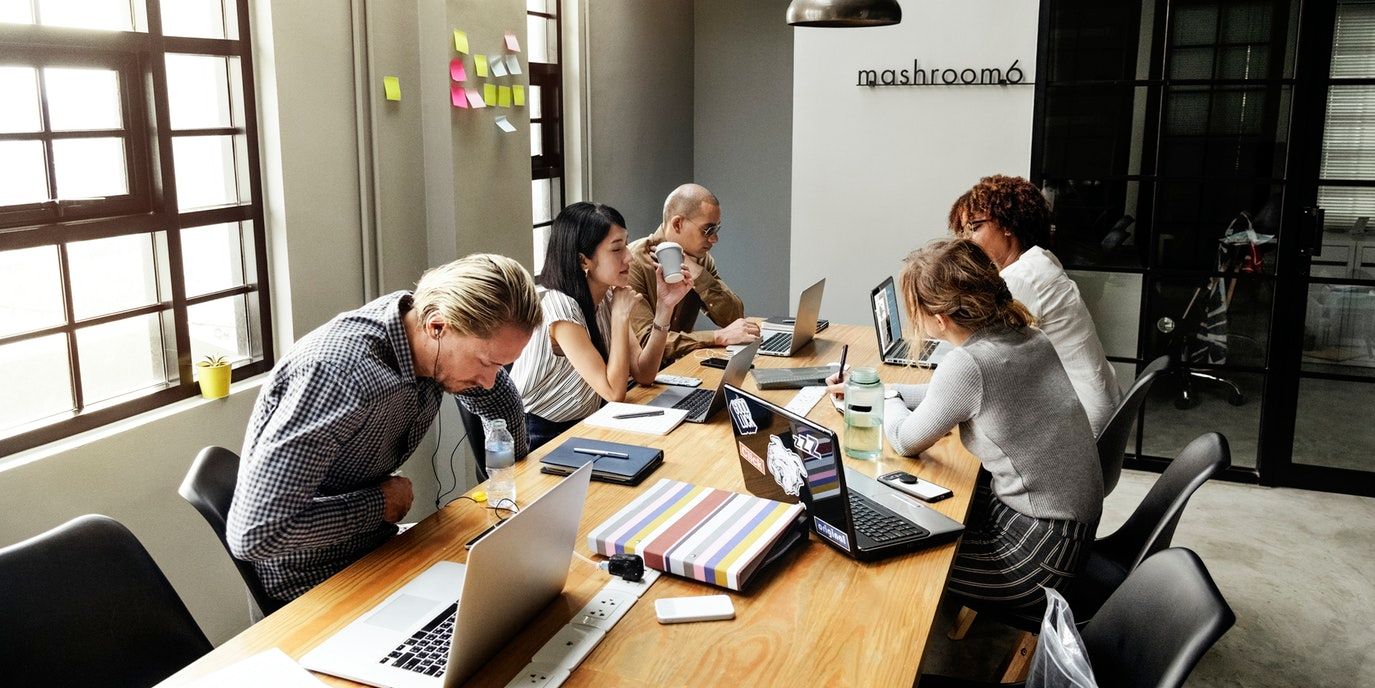Enabling “Impossible” Meetings
It’s hard to make meetings great for everyone. In fact, the Harvard Review surveyed 182 senior managers from a wide range of industries and found that only 17% said meetings are generally productive uses of group and individual time.

It’s hard to make meetings great for everyone. Even when so much time is put into their preparation, the conversation can still feel uninspired, with the participants feeling unproductive. In fact, the Harvard Review surveyed 182 senior managers from a wide range of industries, and found that only 17% said meetings are generally productive uses of group and individual time. Furthermore, 62% of participants said meetings miss opportunities to bring the team closer together.
Teams engaging in recurring meetings that are effective, supportive, and insightful have the opportunity to cultivate a robust social system. They can create a climate of trust and candor within the team, and foster a culture of open discussion. Recurring meetings that are inefficient and uninspired, however, can be at risk of developing a completely opposite team climate.
It’s important to incorporate fundamental organizational strategies when preparing meetings, such as coming up with an agenda, and inviting only people necessary to the discussion. But to make things more complicated, all meetings are different. It’s still very likely that a meeting results in being inefficient, despite much effort put into its execution. It seems in this case, that there is an underlying inefficiency going on that’s more complex than a checklist on an agenda. It’s up to the facilitator to resolve that inefficiency, and enable synergy.
We will first discuss organizational strategies for preparing a good meeting, then different types of meetings, and how you can augment the meetings you are having to achieve the results you want.
Organizational strategies:
All meetings should first and foremost start with a clear objective. Second, a clear agenda ensures that the meeting is prepared, and third, inviting only the people necessary to the discussion ensures that the organizer is not wasting anyone’s time. Each participant needs to understand what the meeting is about, and what their role is in that meeting. Everyone must feel open to speak, and work towards achieving the outsetted objective. Meetings are ultimately opportunities for individual team members to identify insights that improve their daily career functionality, and as such they should be organized so that everyone can identify a clear takeaway and follow-up action items.
Meeting Types:
But as mentioned before, it’s still possible for a meeting to be well organized but inefficient. It’s very likely that the senior managers from the Harvard Review statistic organized their meetings well, but still didn’t see desired results. The Lucid meetings blog has created 16 different categories for meetings, where you can pinpoint where exactly your meeting fits in, and identify the key inefficiencies that exist. The sixteen types of meetings are as shown below:

The article goes in depth in describing different meeting types but for the sake of this blog post, we will discuss how to optimize large group (10 or more people) congenial type meetings and identify insights that you can use when trying to manage your own meetings.
Congenial meetings are driven to bring many people together for the purpose of developing insights, whether that is brainstorming new ideas, making decisions, setting plans, or progressing relationships. In particular, there is potential for large group congenial meetings to create great synergy, as there are many diverse ideas. However, it’s also very likely for these types of meetings to feel crowded, resulting in participants feeling less inclined to contribute.
The inefficiency here is making the participants active, and letting them see the important role they play. When all participants become active contributors, the process will become similar to that of a smaller meeting, in which everyone can speak up. A consulting company called Covision realized this inefficiency, and through the use of technology, found a way to enable a small group work climate within a large group.
The process is as follows: A few facilitators are at the front of the room in a large group meeting. The large group is split into smaller groups of 3-4 people, and each small group is given a device that allows them to collaboratively record thoughts and share them as they are written (kind of like Google drive). The facilitators will then begin a Virtuous Engagement Cycle, which entails presenting questions, discussing ideas in groups, reviewing what is being said, and synthesizing the results.
The facilitators will start off by presenting a focused question for the small groups to discuss. Then, each of the groups will formulate their own answers collaboratively, encouraging a constructive, creative thought process by putting the group in a problem solving mentality. Using technology, the facilitators are able to read through responses as they are recorded, and get a sense for what the entire group is thinking. After a set amount of time, the facilitators will review the large group experience by synthesizing all the responses, and displaying key insights on a large screen for everyone to see. The facilitators will integrate these ideas towards the direction of the original topic, and a greater shared group understanding is achieved as participants see how their voice is included with what others have suggested.
All of this brings upon a real sense of dialogue and conversation within the large group, allowing for a deeper understanding within the group, and in turn a greater convergence of ideas.
Ultimately, a strong sense of synergy is achieved by overcoming the feeling of overcrowdedness in a large group meeting. Although a lot of preparation went into organizing the meeting, it was the process of identifying and working around an underlying inefficiency that enabled these “impossible” large group meetings to work.
Thank you for stopping by!
